Advertisement
New England Business Leaders Say Immigration Can Stem Workforce Shortages
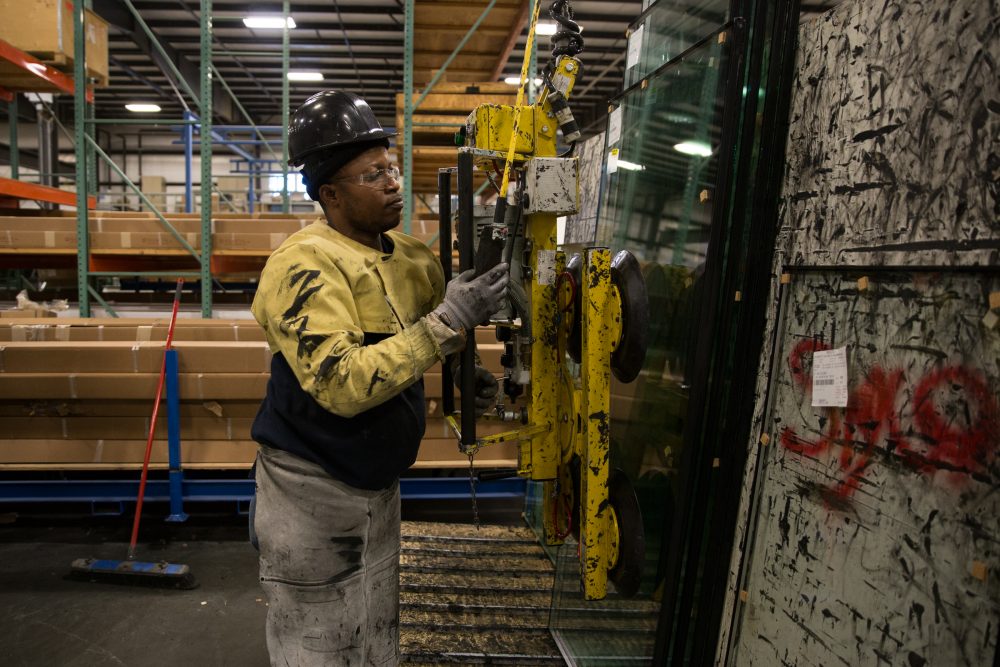
Part 1 of a four-part New England News Collaborative series called "Facing Change"
It’s hard to avoid the hand-wringing about aging demographics in New England these days. Our states have the six lowest birth rates in the country. Maine, New Hampshire and Vermont have the oldest populations in the country. Connecticut, Rhode Island and Massachusetts are up there, too.
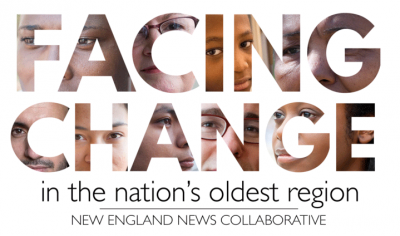
That leaves states desperate for young workers who can power businesses, who will pay taxes, and who won't dip into Social Security for decades.
Business leaders and politicians are looking at any number of solutions — from putting classrooms in manufacturing plants to giving tax cuts for millennials. Another option: immigration.
Fewer Births
Like many of the region’s elementary school principals, Becky Ruel knows more than she’d like to about New Hampshire’s declining birth rates. A decade ago, more than twice as many students attended Kensington Elementary School as do today.
“When I started three years ago, there were two third grade teachers, two fourth grade teachers and two fifth grade teachers,” Ruel said. Now, the school is down to one teacher for each grade level.
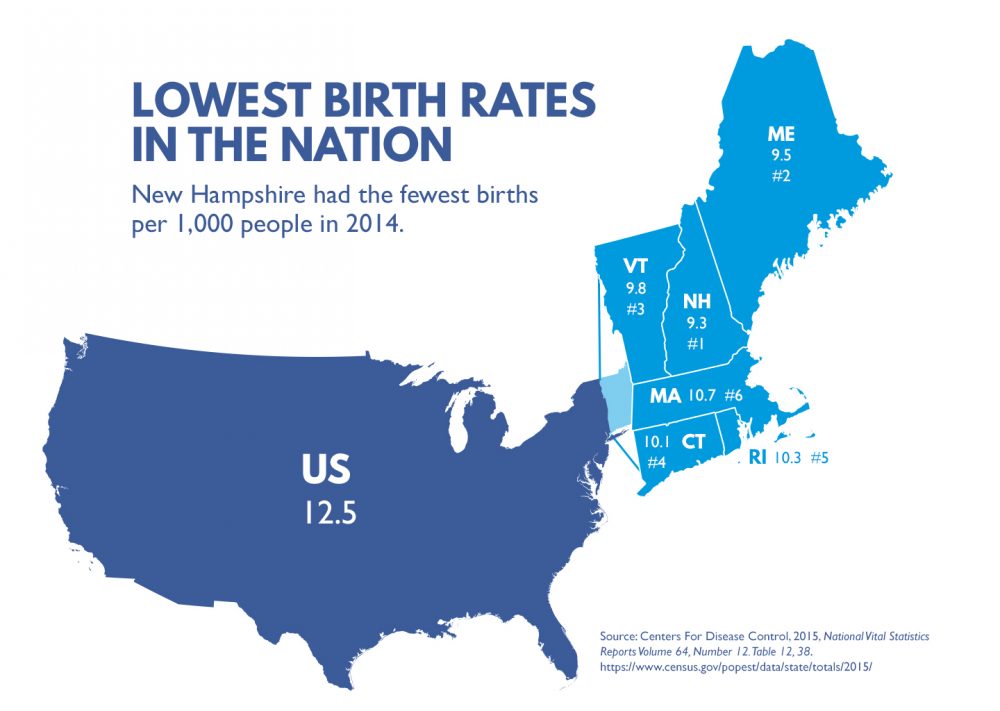
One room is now dedicated to physical therapy, another for science and math projects, and yet another for hands-on learning. The hallways at Kensington Elementary feel big and quiet.
It’s this problem — declining birth rates — that keeps business leaders like Dana Connors up at night.
Connors is the president of the Maine Chamber of Commerce. When his team looked at the demographic trends, he said, they “found a very strong case to be made to attract the immigrant worker.”
As is the case across New England, Maine’s business community is lobbying for programs to help people who are already in the state find good jobs there. But that won’t be enough to stem the shortage posed by declining birth rates.
One Solution: Immigration
Connors and the Maine Chamber of Commerce recently released a 24-page report recommending policies to attract more immigrants to Maine. The report suggests expanding the New Mainers Resource Center that already exists in Portland, creating similar centers in Lewiston and Auburn, providing the centers with additional financial resources, and funding access to English classes and transportation.
Maine Gov. Paul LePage, in the meantime, is famous for his anti-immigrant rhetoric. That hasn’t stopped state lawmakers from submitting bills to fund these programs. And at the local level, Portland and Bangor’s city councils are both working to establish centers for job preparation, too.
SIGCO, a glass and metal fabricating company in Westbrook, Maine, supports these efforts. Cindy Caplice manages SIGCO's human resources department. Even in December, when competition for workers is down, she said, “many people are still looking for help.”
Advertisement
Not at SIGCO.
About a third of SIGCO's workers are immigrants — many refugees. Thanks to them, Caplice said, her company has no openings.
'A Missed Opportunity'

Next door in New Hampshire, business leaders say little about immigration. But, according to Amadou Hamady, businesses stand to benefit from immigrants who move here. Hamady heads up Manchester's refugee resettlement program, which helps to settle about 300 refugees each year.
With the lowest unemployment rate in the nation, New Hampshire companies struggle to find employees.
Hamady said businesses should celebrate the role immigrants play in reversing New England’s economic trends.
“City officials, elected, need also to celebrate that,” Hamady said, “because we’re keeping these industries going. But sometimes we don’t see a lot of that being said. I think it’s a missed opportunity.”
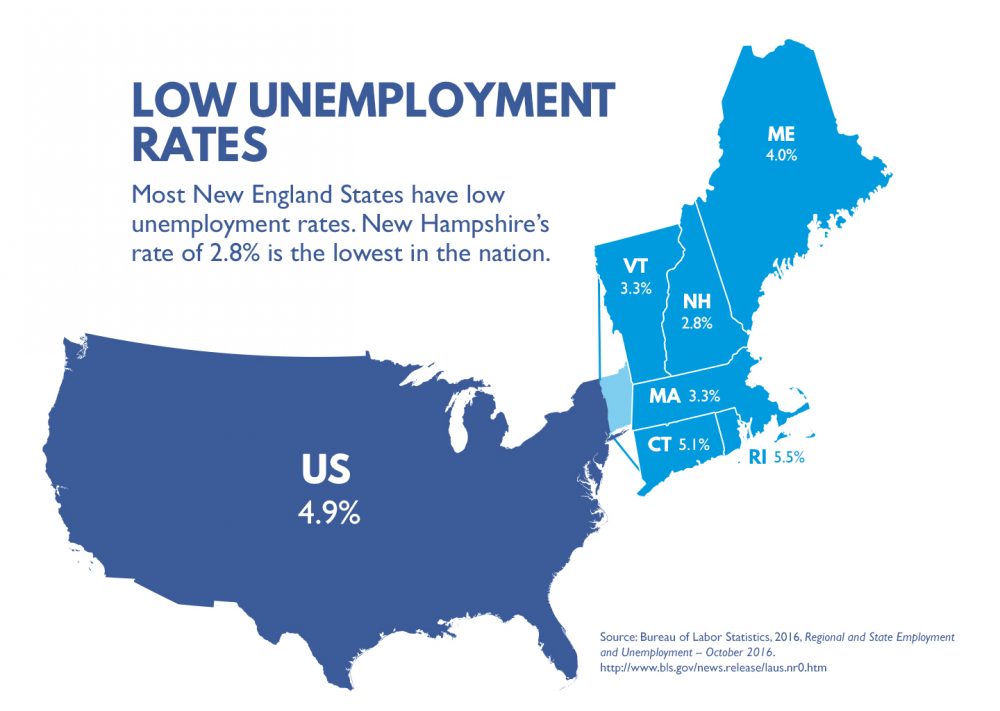
The Numbers
Research shows immigrants are economic drivers not just for businesses, but also for state and local budgets.
According to a report published by the National Academies Press, first generation immigrants tend to cost states and towns more than they contribute in tax revenue. That’s mostly due to the cost of educating immigrants’ larger families.
But, economist Kim Rueben explained, “[the] second generation individuals are both paying more taxes and using less services than both the first and the third” generations.
In fact, the children of immigrants contribute more to state and local revenues than the general population does.
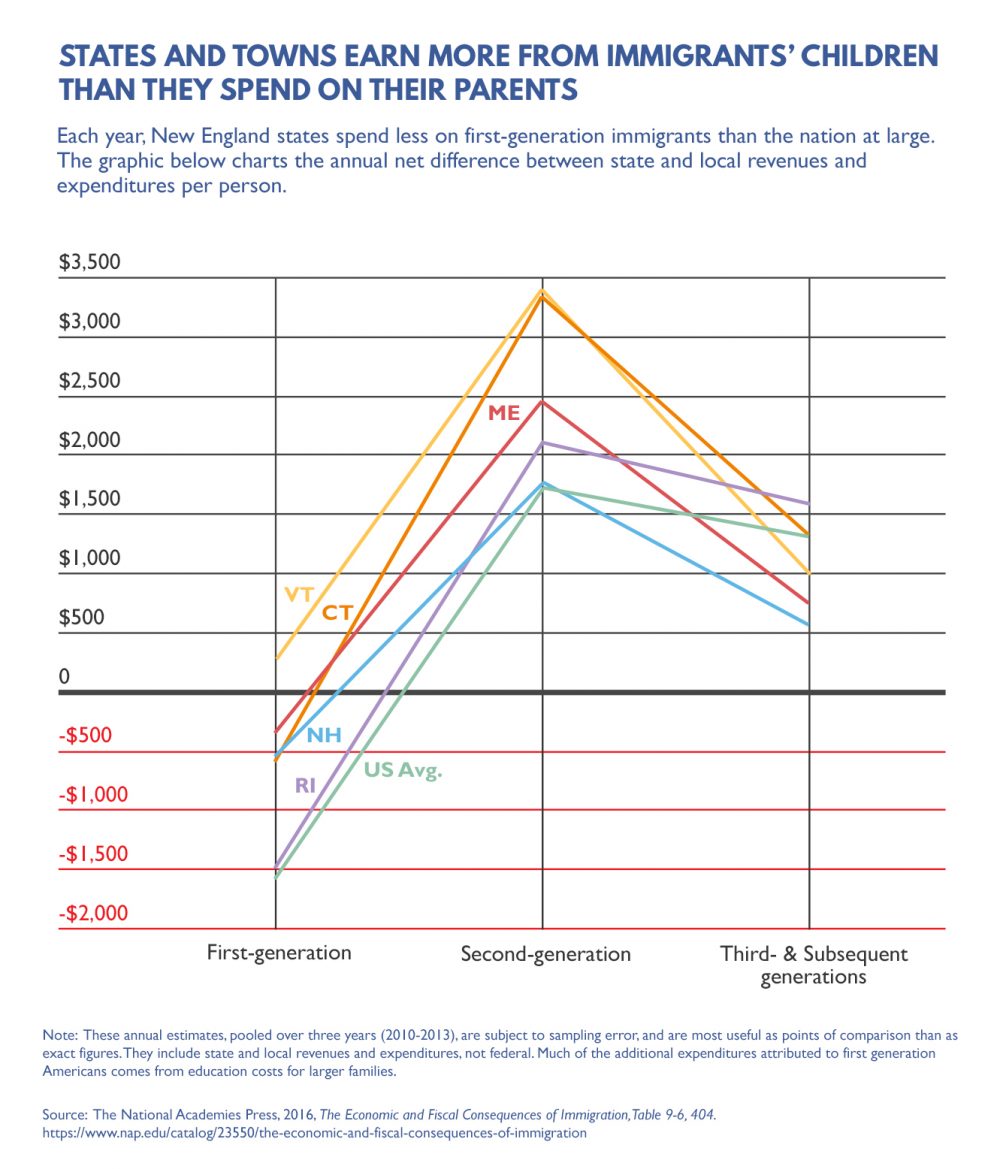
Back at the Maine Chamber of Commerce, Connors said he knows there’s a lot of confusion and concern around immigration policy.
But, he said, immigrants offer a lot of value, both economically and socially, so — it’s worth it to keep a clear head.
More graphics:
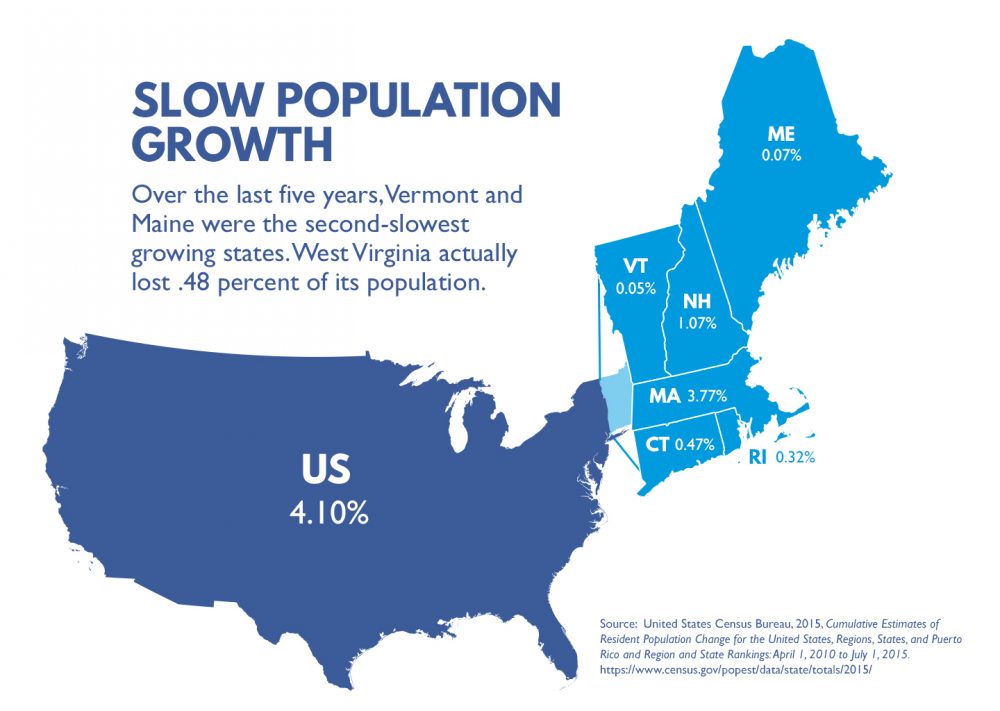
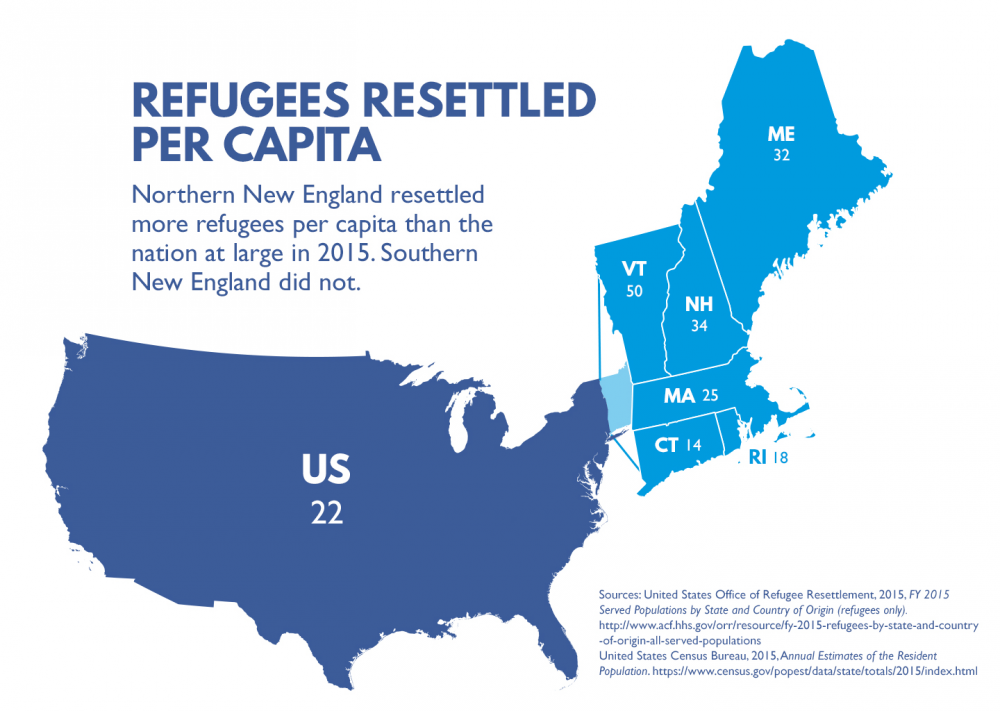
This segment aired on December 19, 2016.